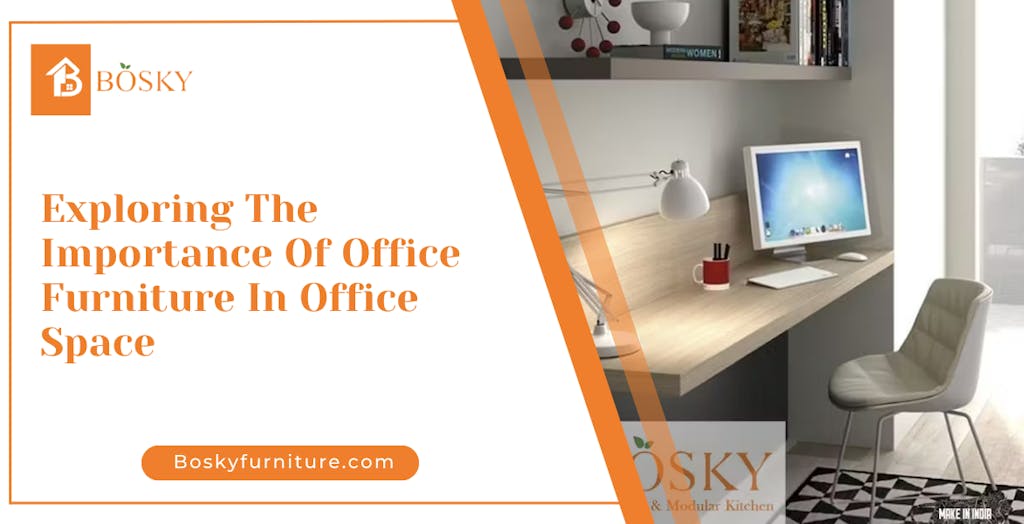How To Apply Color Psychology In Interior Design
Color psychology, also known as chromotherapy, studies the meaning of colors that stimulate different senses and affect the mood of the people who live in their homes.

Interior design is the art of bringing together a person's personality and tastes to create a meaningful expression of their inner world. All these colors are brought together to create a natural and logical flow in residential and commercial properties. The room interior design is primarily about creativity, but the influence of your color scheme must also be considered. You and your friends, family, and colleagues spend hours in the room, so consider color psychology in interior design for them.
What Is Color Psychology?
The colour psychology in interior design is the theory of how each color affects a person's mood, cognitive function, creativity, and productivity. People feel relaxed when surrounded by soothing colors like blue and green. On the other hand, when you are surrounded by bright colors like red, burgundy, and orange, you feel energetic and passionate. Likewise, neutral colors like white and gray make her feel calm.
The psychology of color in interior design is based on the scientific effects of different shades of each color in the spectrum on the human brain. The effects of color may look similar, but research shows that everyone responds differently to standard schemes of interior colours for room.
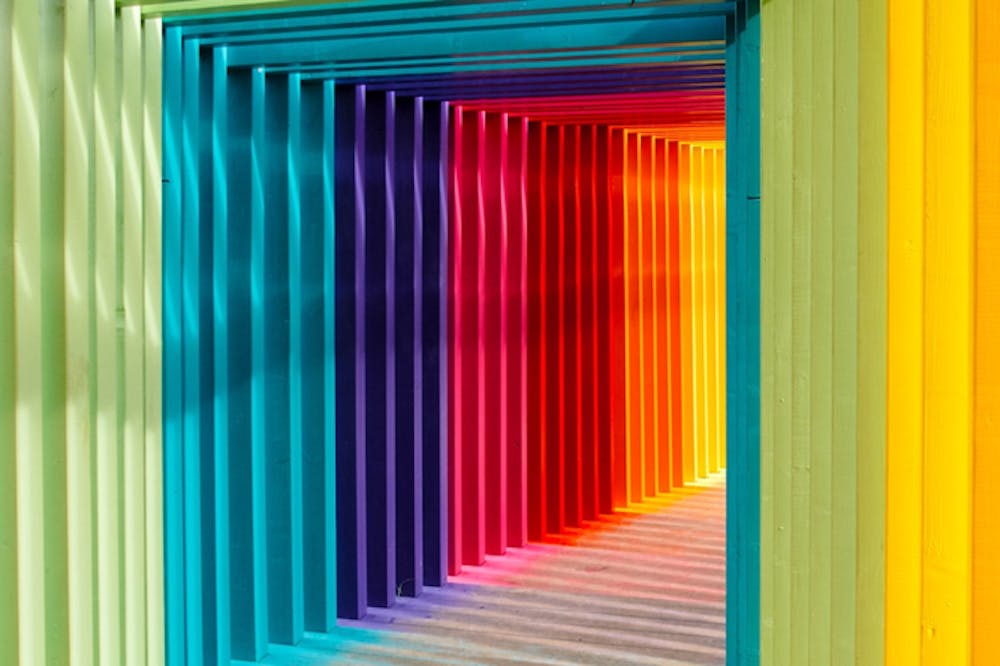
How Does Color Psychology Affect Interior Design?
Color schemes are an important element in interior design. Wall colors, furniture, natural elements, decorations, lighting, fixtures, room design and colour play an important role in the psychology of the residents. They will spend hours surrounded by the color combination of their choice. Therefore, the best interior designing company in Kolkata always chooses the color scheme according to the customer's personality and wishes.
Several studies on color psychology in interior design show that people react differently to different colors. For example, some people find the color black depressing. However, many others find that black represents order and function. Some people find red scary, while others find it inspiring.
Therefore, it is better for the best interior designers in kolkata to understand which color scheme is the most attractive for their clients and their family. Even if they can't pick a color, you know what they like and don't like. Let's take a closer look at the most popular room interior colour design effects so you can make informed decisions when implementing your design ideas.
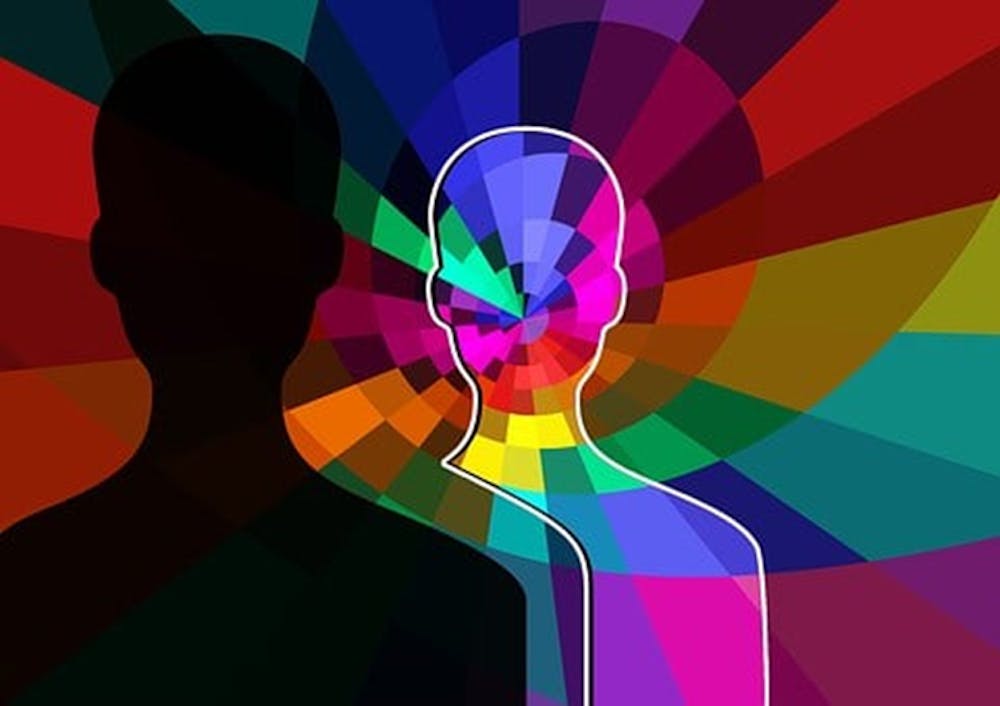
The Role Of Different Colors In Interior Design
Brighter colors add a note of energy and liven up the environment. It also adds to the feel and appeal depending on the colors' intensity. Other colors are more muted and have a calming effect on the senses. We create an environment where residents feel safe and relaxed.
Here is a list of colors commonly used in home decor by the best interior decorators in kolkata and their effects.
Red
According to the color psychology for interior design, red is the most vivid color that perfectly expresses emotions. Whether it's a dark color like burgundy or a lighter shade of pig red, it creates an atmosphere of love and friendship.
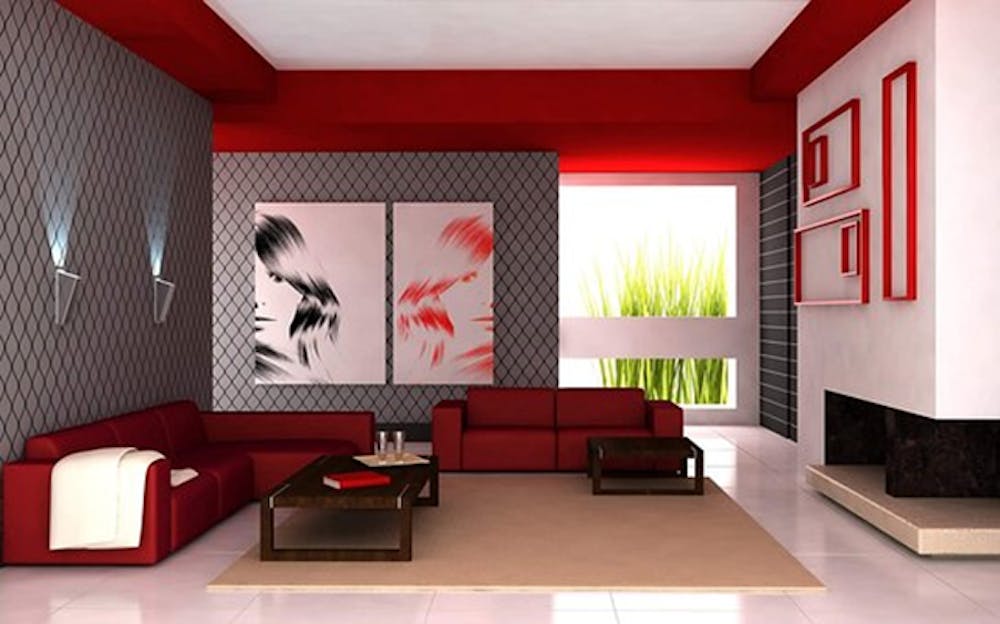
Brown
The brown color psychology in interior design says that brown is a lighter and softer color than red. With its natural hue and soft, reassuring essence, brown works wonder in large spaces to harmonize different elements of modern and classic.
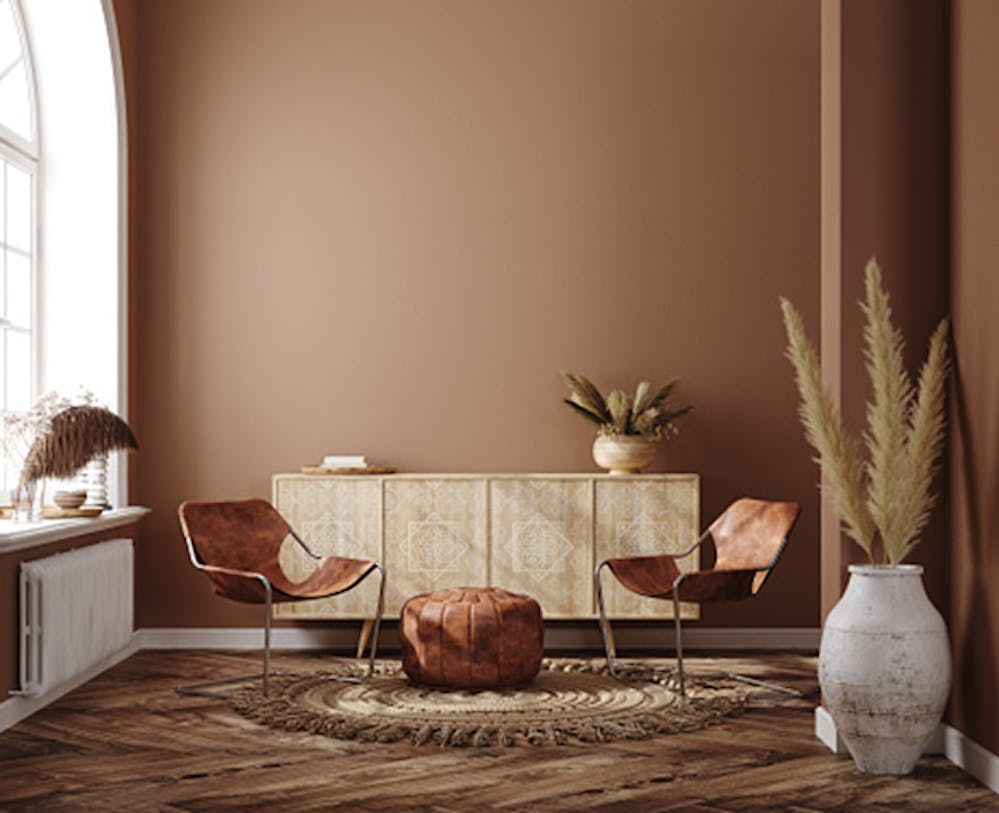
Yellow
Yellow is synonymous with the sun, diffusing light, and well-being effects. Yellow is also associated with intelligence and prosperity due to its close association with gold. According to colour in interior design theory, this color automatically lifts people's mood and makes the room look bright and sunny.
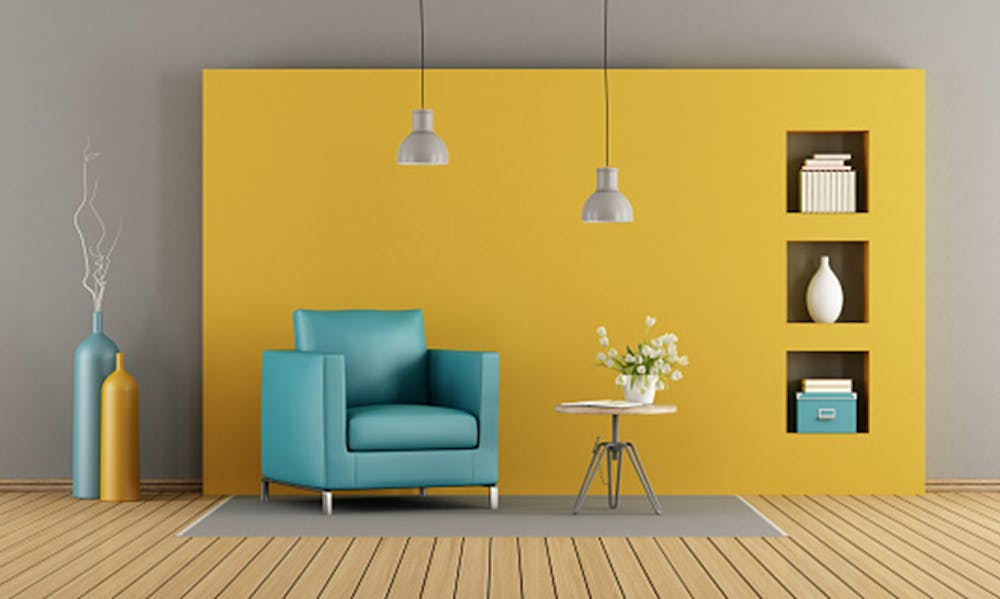
Blue
Blue is one of the most subdued colors in the interior design palette. As for the psychological effects of color in interior design, blue relaxes the mind and lowers heart rate, metabolism, blood pressure, and hypertension. Blue is the only color that has many positive effects and few negative effects on the psyche.
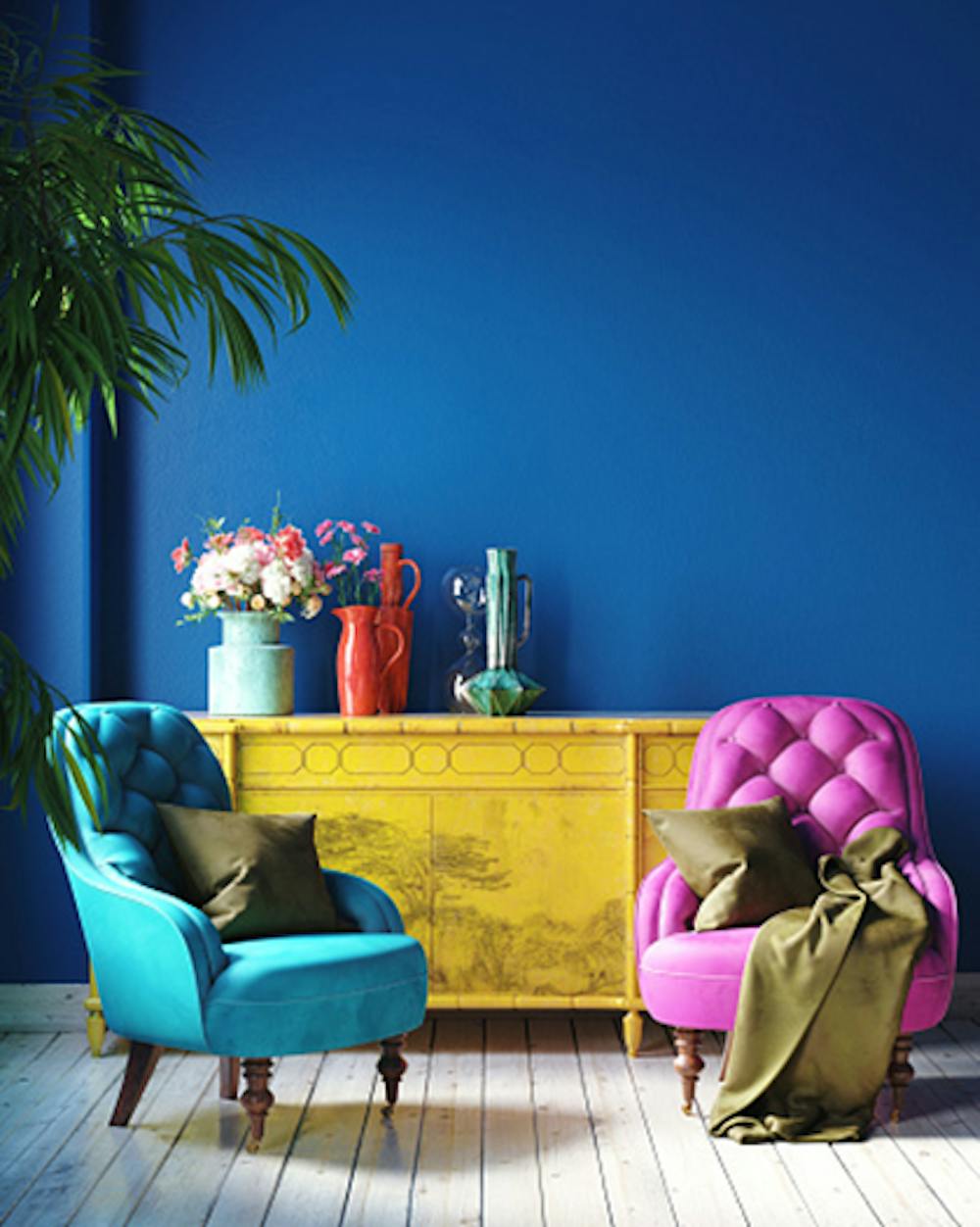
Gray
Gray is another neutral color that is strongly associated with elegance and style. There is some debate about the effect of grey color psychology in interior design on the human mind, but it can have a very positive effect when used correctly.
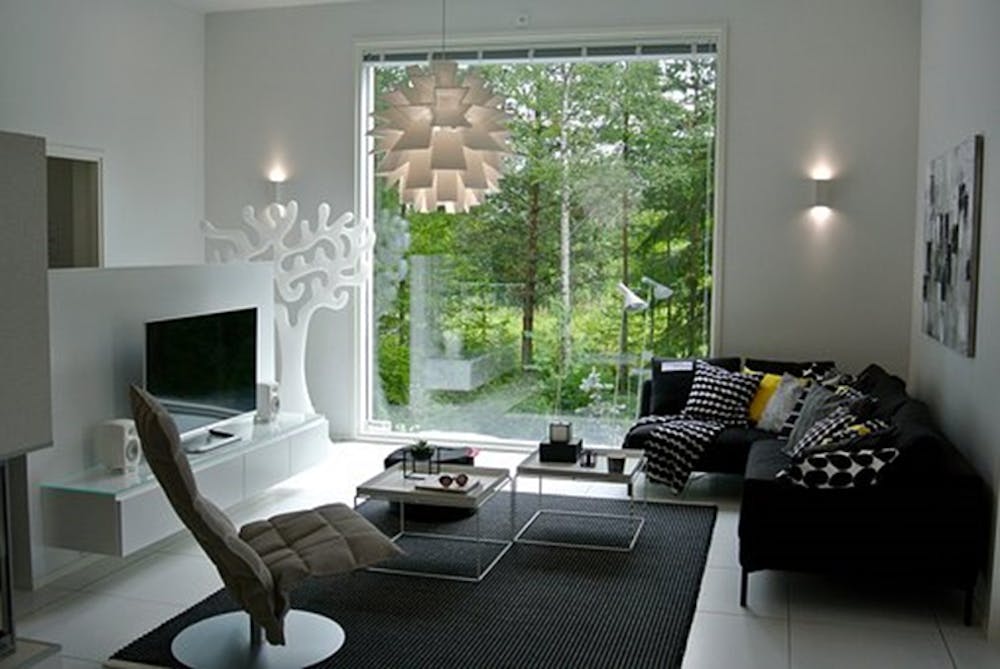
White
The white color psychology in interior design is a universal neutralizer. However, all colors in the spectrum mix with white; white is a powerful color combination in interior design. There are various shades of white, including ivory, which is widely used as a standard color for walls, eggshells, and so on. Beige is a combination of colors, but it goes well with the white palette.
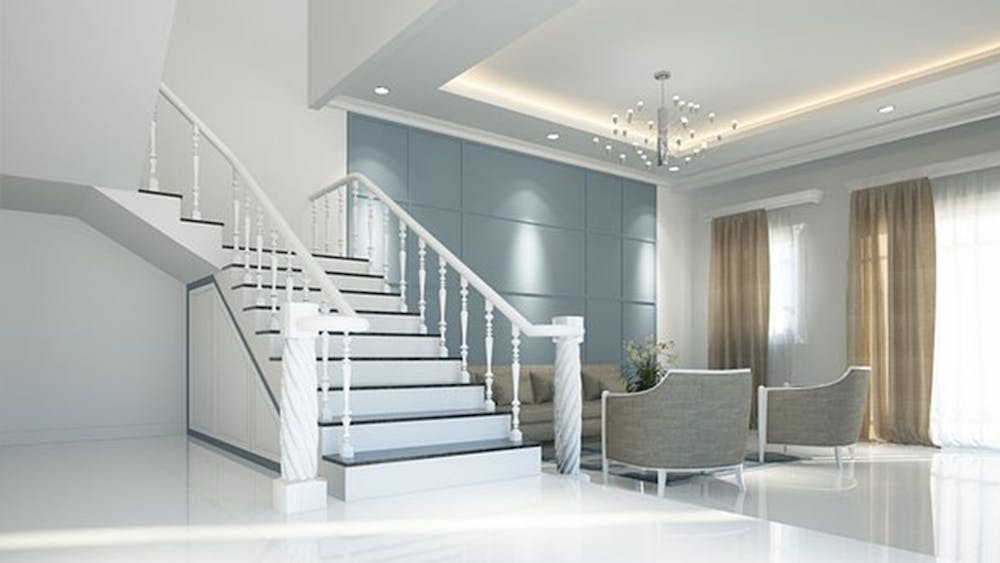
Winding It Up;
The color psychology in interior design is a broad subject closely linked to interior design. The right color combination can make a huge difference in people's lives, whether it's a home or a commercial business. The home decor reflects the client's personality, so it's best to use color combinations that make you feel comfortable. As an interior designer, the paint color you choose makes an impact, whether it's pastel or vibrant.
FAQs
1. What is color psychology in interior design?
Color psychology in interior design is the study of how colors affect human emotions and behaviors in a particular space. It involves using color to create a specific atmosphere or mood in a room.
2. How can color impact the mood of a room?
Colors can impact the mood of a room in different ways. For example, warm colors like red and yellow create a cozy and inviting atmosphere, while cool colors like blue and green create a calm and relaxing ambiance.
3. What are some popular color choices in interior design and their associated meanings?
Some popular color choices in interior design and their associated meanings include:
- Blue: Calmness, serenity, and trust
- Green: Relaxation, health, and nature
- Yellow: Happiness, energy, and optimism
- Red: Passion, excitement, and intensity
- Purple: Creativity, luxury, and spirituality
4. How should one choose colors based on color psychology for their home?
When choosing colors for a home, it's important to consider the purpose of the room and the mood you want to create. For example, a bedroom might benefit from calming colors like blue or green, while a kitchen could use energizing colors like yellow or red.
5. Can color psychology be used in commercial spaces?
Yes, color psychology can be used in commercial spaces like offices, restaurants, and retail stores to influence the mood and behavior of customers and employees. For example, blue and green colors can be used in offices to create a calming and productive environment.
6. Can color psychology be used in small spaces?
Yes, color psychology can be used in small spaces to create an illusion of more space or to make the space feel cozy and inviting. Lighter colors like white and pastels can make a small room appear larger, while warm colors like orange and red can make the space feel more intimate.
- Share this:


